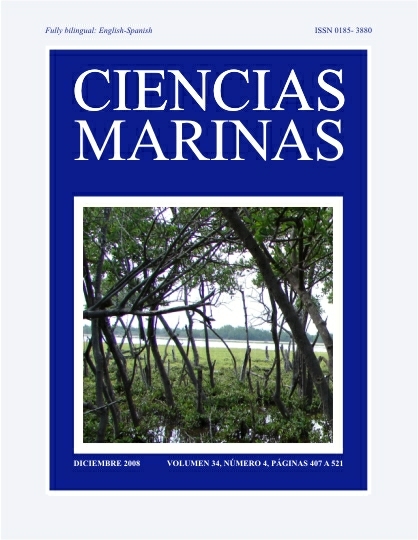Multiannual shoreline response along the coast of Rosarito, Baja California, Mexico
Main Article Content
Abstract
The long-term rate of beach change can be estimated by analyzing historical shoreline positions deduced from aerial photographs and maps, though in some cases a systematic beach profile survey is preferable because it allows the detailed observation of its evolution. Between June 1997 and December 2006, 925 beach profiles were surveyed monthly in the area of Rosarito, Baja California, thus constructing the longest time series known for any beach in Mexico. Monthly sand volume was estimated to determine the multiannual changes. When these multiannual changes were superimposed on the seasonal changes during the study period, distinct erosion/accretion patterns were found: in the northern segment of the shoreline surveyed, the long-term trend was not detectable or showed low values, indicating a condition of relative stability; in the southern segment, the long-term trend was accretional at all except for one of the control points, with a mean value of 9.1 m3 m–1 year–1 and an increase in sand volume of 22% to 78% relative to the initial volume, which could be associated with the sediment discharged by streams flowing into the southern part of the study area and with variations in the spatial distribution of wave energy.
Downloads
Article Details
This is an open access article distributed under a Creative Commons Attribution 4.0 License, which allows you to share and adapt the work, as long as you give appropriate credit to the original author(s) and the source, provide a link to the Creative Commons license, and indicate if changes were made. Figures, tables and other elements in the article are included in the article’s CC BY 4.0 license, unless otherwise indicated. The journal title is protected by copyrights and not subject to this license. Full license deed can be viewed here.

